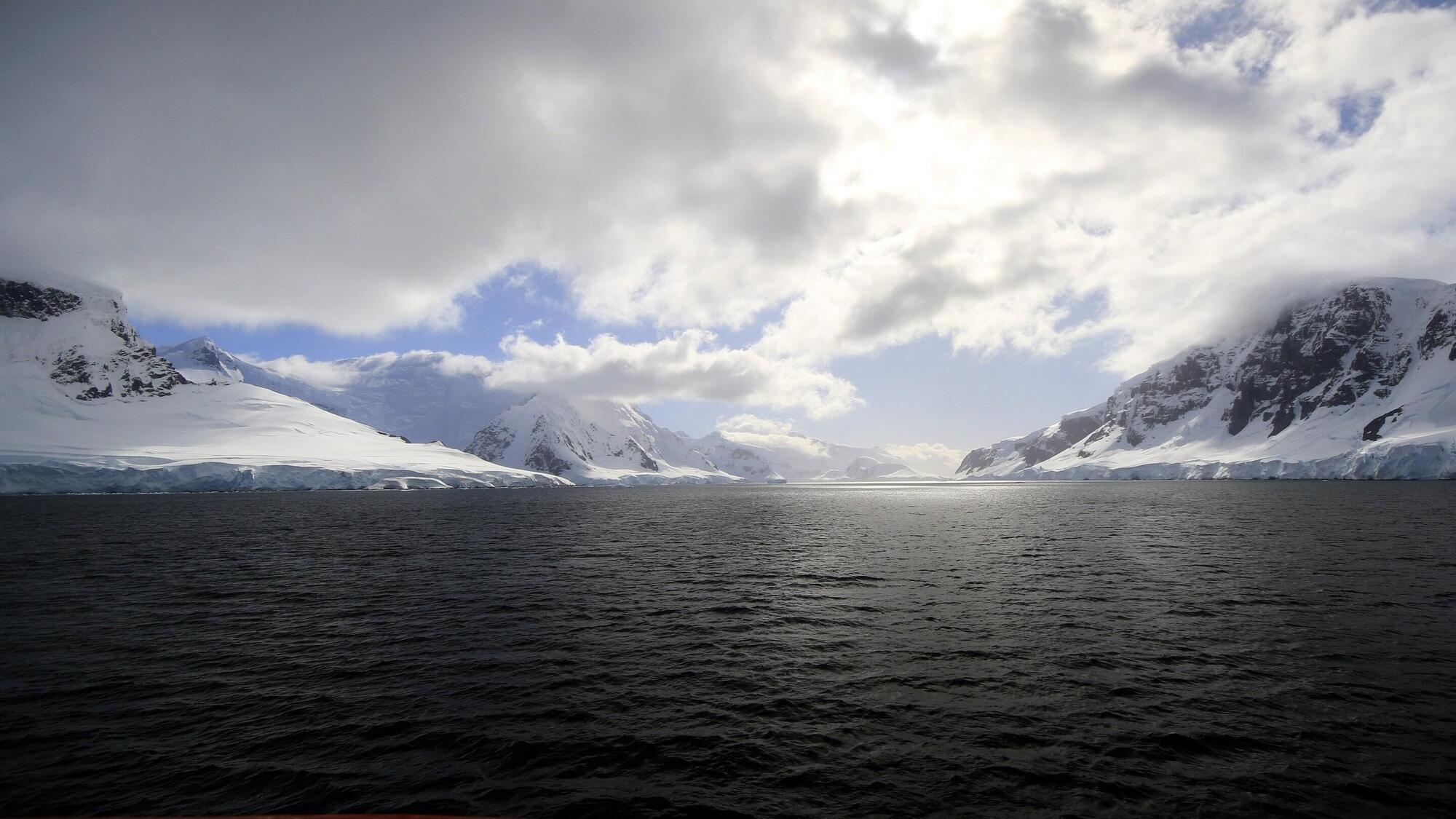A global research team led by researchers from the University of Kentucky Martin-Gatton College of Agriculture, Food and Environment has found that Antarctica’s only native insect is already ingesting microplastics, even in one of the planet’s most remote regions.
The study, published in the journal Science of the Total Environment, is the first to examine how microplastics affect an Antarctic insect and to document plastic pieces inside wild-caught midges.
Jack Devlin, who led the work back in 2020 as part of his Ph.D. before moving to Scotland to work as a marine ornithologist, said the project started after a documentary on plastic pollution left him stunned.






